Understanding the Morel Mushroom Challenge
Morel mushrooms (Morchella species) are among the most sought-after culinary fungi in the world, prized for their distinctive honeycomb texture, rich earthy flavor, and brief seasonal availability. Their elusive nature and difficulty to cultivate have earned them a special status among foragers and mushroom enthusiasts. If you've ever wondered "how can I grow morel mushrooms?" you're not alone—this question represents one of the most intriguing challenges in home mycology.
Unlike many cultivated mushrooms such as shiitake or oyster varieties, morels have a complex life cycle and symbiotic relationships that make them notoriously difficult to grow reliably in controlled environments. However, recent advances in cultivation techniques have made it increasingly possible for dedicated growers to achieve some success.
This comprehensive guide will walk you through everything you need to know about growing morel mushrooms, from understanding their unique biology to implementing the most promising cultivation methods. While growing morels remains challenging, the satisfaction of harvesting these prized fungi from your own cultivation efforts makes the attempt worthwhile for many enthusiasts.

The Biology of Morel Mushrooms
Life Cycle Complexity
Understanding the morel life cycle is essential for any cultivation attempt:
- Spore germination: Morel spores germinate to form primary mycelium
- Sclerotia formation: Under certain conditions, mycelium forms hardened masses called sclerotia, which store nutrients
- Dormancy period: Sclerotia often require a dormancy period triggered by environmental cues
- Fruiting initiation: Specific environmental triggers stimulate sclerotia to produce mushrooms
- Spore release: Mature mushrooms release spores to complete the cycle
This complex life cycle differs significantly from other cultivated mushrooms and explains much of the difficulty in morel cultivation.
Natural Growing Conditions
In nature, morels typically appear under these conditions:
- Seasonal timing: Spring emergence when soil temperatures reach approximately 50-60°F (10-15°C)
- Soil characteristics: Well-draining, slightly sandy or loamy soils with good organic content
- pH preference: Slightly acidic to neutral soil (pH 6.0-7.0)
- Tree associations: Often found near specific trees, particularly ash, elm, apple, and conifers
- Disturbance patterns: Frequently appear in disturbed areas, including burn sites, dying tree locations, and areas with decaying wood
Understanding these natural parameters helps inform cultivation strategies.
Symbiotic Relationships
Morel mushrooms form complex relationships with their environment:
- Mycorrhizal potential: Some evidence suggests morels may form mycorrhizal relationships with trees during part of their life cycle
- Saprotrophic behavior: They also act as decomposers, breaking down organic matter
- Bacterial interactions: Research indicates specific soil bacteria may influence morel fruiting
- Transition phases: Morels may shift between different nutritional strategies throughout their life cycle
- Root zone affinity: Often fruit in the root zones of trees, particularly trees under stress or recent death
This ecological complexity explains why morels can't simply be grown on a single substrate like many other mushrooms.

Cultivation Methods Compared
Indoor Cultivation Approach
Laboratory and controlled indoor methods:
- Sterile culture technique: Growing morel mycelium on nutrient agar
- Liquid culture development: Expanding mycelium in nutrient broths
- Grain spawn production: Growing mycelium on sterilized grain
- Sclerotia formation: Encouraging nutrient-storing structures
- Fruiting chamber conditions: Attempting to trigger fruiting under controlled conditions
The indoor approach allows for greater contamination control but struggles to replicate all the environmental factors morels respond to in nature.
Outdoor Bed Method
Creating dedicated growing areas outdoors:
- Site selection: Choosing partially shaded locations with appropriate drainage
- Soil preparation: Creating a suitable growing medium with proper organic content and texture
- Spawn introduction: Adding morel mycelium or sclerotia to the prepared area
- Environmental management: Maintaining moisture and protecting the site
- Patience requirement: Waiting potentially multiple seasons for results
This method attempts to create favorable conditions while allowing natural seasonal cycles to influence development.
Tree Association Method
Working with morels' natural affinities:
- Tree selection: Planting or utilizing appropriate tree species
- Root zone inoculation: Introducing morel spawn around tree bases
- Soil amendment: Enhancing the soil with ash, calcium, and organic matter
- Disturbance technique: Mimicking natural disturbances that trigger fruiting
- Long-term approach: Establishing an ongoing habitat rather than a one-time growing bed
This method acknowledges and works with morels' complex ecological relationships.
Kits and Commercial Options
Pre-made products for home growers:
- Morel growing kits: Commercial products promising simplified cultivation
- Success variability: Mixed results reported by users
- Investment consideration: Often expensive with uncertain outcomes
- Instruction compliance: Results heavily dependent on following directions precisely
- Realistic expectations: Understanding the probability of limited success
While commercial kits simplify the process, they still face the fundamental challenges of morel cultivation.
Step-by-Step Indoor Cultivation Method
Obtaining Morel Spawn
Starting with quality spawn is crucial:
- Commercial sources: Purchase from reputable mycological suppliers
- Spore prints: Create your own from fresh morels (more advanced)
- Variety selection: Different morel species have different cultivation requirements
- Genetic considerations: Spawn from local morels may be better adapted to your climate
- Storage conditions: Keep spawn refrigerated until ready to use
Quality spawn significantly increases your chances of success.
Laboratory Phase
For those with access to sterile equipment:
- Sterile technique: Work in a clean environment, ideally with a flow hood
- Agar preparation: Create nutrient agar plates with appropriate supplements
- Inoculation: Introduce morel spores or tissue to agar
- Contamination monitoring: Watch for and isolate any contamination
- Mycelium expansion: Transfer successful growth to new plates to expand
This phase establishes clean, vigorous mycelium for the next stages.
Grain Spawn Production
Expanding mycelium for larger applications:
- Grain selection: Rye berries or other whole grains work well
- Preparation process: Soak, drain, jar, and sterilize grain
- Inoculation timing: Introduce mycelium to cooled sterile grain
- Incubation conditions: Keep at 70-75°F (21-24°C) in darkness
- Colonization period: Allow 2-4 weeks for complete colonization
Fully colonized grain spawn serves as the foundation for substrate inoculation.
Sclerotia Development
Encouraging nutrient-storing structures:
-
Substrate preparation: Mix colonized grain with a combination of:
- Hardwood sawdust (40%)
- Compost or garden soil (30%)
- Vermiculite (20%)
- Gypsum (5%)
- Nutritional supplements (5%)
- Container selection: Use breathable containers with drainage
- Environmental conditions: Maintain high humidity but avoid waterlogging
- Temperature cycling: Provide temperature fluctuations to stimulate sclerotia
- Patience requirement: Allow 3-6 months for sclerotia development
Sclerotia are critical intermediates in the morel life cycle and essential for successful fruiting.
Cold Shocking Treatment
Mimicking winter conditions:
- Temperature reduction: Refrigerate sclerotia at 34-40°F (1-4°C)
- Duration period: Maintain cold conditions for 4-8 weeks
- Moisture maintenance: Keep substrate slightly moist but not wet
- Light management: Darkness during cold treatment
- Gradual transition: Slowly return to warmer temperatures after cold period
This cold treatment simulates winter and helps trigger fruiting responses.
Fruiting Initiation
Encouraging mushroom formation:
- Temperature adjustment: Warm to 55-65°F (13-18°C)
- Light introduction: Provide indirect light
- Humidity control: Maintain very high humidity (90-95%)
- Air exchange: Ensure fresh air circulation without drying
- Soil casing layer: Apply a thin layer of pasteurized soil mixed with ash
These conditions attempt to replicate the spring environment that triggers natural morel fruiting.
Harvesting Considerations
If successful, harvesting requires care:
- Timing importance: Harvest when caps are fully formed but before spore release
- Cutting technique: Use a clean knife to cut above soil level
- Handling care: Handle gently to avoid damaging delicate structures
- Cleaning approach: Brush gently rather than washing if possible
- Yield expectations: Indoor cultivation typically produces modest yields
Proper harvesting ensures quality and preserves the growing medium for potential future fruitings.

Outdoor Cultivation Methods
Creating a Morel Bed
Setting up a dedicated growing area:
- Location selection: Choose a partially shaded site with dappled sunlight
- Soil testing: Check pH and adjust to 6.0-7.0 if needed
- Bed preparation: Dig 4-6 inches deep, remove large debris
- Base layer: Add 2 inches of hardwood sawdust or wood chips
-
Soil mixture: Create a top layer combining:
- Garden soil (40%)
- Sand (20%)
- Peat moss or compost (20%)
- Wood ash (10%)
- Gypsum (5%)
- Crushed charcoal (5%)
This creates an environment mimicking morels' preferred natural habitat.
Inoculation Techniques
Introducing morel spawn to your prepared area:
- Spawn distribution: Spread commercially purchased spawn throughout the bed
- Depth placement: Mix into the top 2-3 inches of soil
- Watering after inoculation: Thoroughly moisten but don't saturate
- Mulch application: Cover with 1 inch of hardwood mulch
- Border creation: Frame with untreated wood to help retain moisture and define the area
Proper inoculation establishes the mycelium in its new environment.
Outdoor Bed Maintenance
Ongoing care requirements:
- Moisture monitoring: Keep soil moist but not waterlogged
- Seasonal considerations: Allow natural freezing in winter
- Disturbance limitation: Minimize disruption to the bed
- Weed management: Gently remove weeds without disturbing the soil deeply
- Patience requirement: Most outdoor beds take 1-3 years before producing
Long-term care and patience are essential for outdoor cultivation.
Tree Association Method
Working with morels' natural tree relationships:
-
Tree selection: Plant or utilize:
- Elm trees
- Ash trees
- Apple trees
- Certain conifers
- Inoculation zone: Focus on the drip line around trees
- Soil enhancement: Add wood ash and calcium sources
- Disturbance technique: Lightly rake area annually
- Tree stress consideration: Some success has been reported around trees under stress
This method leverages morels' natural ecological relationships.
Burn Site Simulation
Mimicking the post-fire conditions where morels often thrive:
- Small test area: Designate a small section of your property
- Controlled burn: Burn a small pile of hardwood and brush (following all local regulations)
- Ash incorporation: Mix ashes into the top layer of soil
- pH testing: Ensure the resulting pH is 6.5-7.5
- Inoculation timing: Introduce morel spawn after the area has cooled
This technique attempts to replicate the conditions that often trigger abundant natural morel fruitings.
Enhancing Success Rates
Environmental Monitoring
Tracking key growing conditions:
- Soil temperature: Use a soil thermometer to track when temperatures reach 50-60°F (10-15°C)
- Moisture levels: Maintain consistent moisture using a moisture meter
- pH fluctuations: Check periodically and adjust as needed
- Temperature variations: Record daily high/low temperatures
- Timing patterns: Document all activities to correlate with any success
Data collection helps refine your approach over multiple seasons.
Soil Amendment Strategies
Improving growing medium composition:
- Calcium sources: Crushed eggshells, limestone, or gypsum
- Ash benefits: Hardwood ash raises pH and provides minerals
- Organic matter: Leaf mold and decomposed hardwood enhance substrate
- Trace minerals: Small amounts of kelp meal provide micronutrients
- pH balancing: Use elemental sulfur to lower pH if needed
Proper soil composition significantly improves chances of success.
Spore Slurry Technique
A complementary approach to spawn:
- Fresh morel collection: Gather several fresh, mature specimens
- Soaking process: Soak in non-chlorinated water with molasses (1 tablespoon per gallon)
- Blend preparation: Blend mushrooms with the soaking water
- Straining option: Optionally strain out large pieces
- Application method: Pour around trees or in prepared beds during spring
This technique disperses thousands of spores in favorable conditions.
Companion Planting
Plants that may support morel growth:
- Ground covers: Wild ginger and certain native perennials
- Companion fungi: Non-competing mycorrhizal species
- Nitrogen fixers: Plants that improve soil nitrogen content
- Moisture retainers: Plants that help maintain soil moisture
- Weed suppressors: Natural ground covers that prevent weed invasion
Strategic plant selection can create a more favorable microenvironment.
Professional Consulting
Seeking expert guidance:
- Mycological societies: Many have members experienced with morel cultivation
- University extensions: Some offer specialized help with fungal cultivation
- Professional cultivators: Consider consulting with commercial operations
- Online communities: Forums dedicated to morel cultivation provide valuable insights
- Research papers: Stay current with scientific advances in morel cultivation
Learning from others' experience can help overcome common obstacles.
Common Challenges and Solutions
Contamination Issues
Addressing unwanted organisms:
- Mold identification: Learn to distinguish harmful contaminants
- Trichoderma control: This common green mold often competes with mushroom mycelium
- Bacterial blotch: Appears as discolored, wet areas on substrate
- Insect management: Protect outdoor beds from diggers and burrowers
- Sterilization importance: Use proper sterilization techniques for indoor cultivation
Contamination control is critical, especially for indoor methods.
Fruiting Failures
When mycelium grows but doesn't produce mushrooms:
- Incomplete life cycle: Ensure all phases including sclerotia formation have occurred
- Timing patience: Some beds take multiple years before fruiting
- Environmental triggers: Try introducing stress factors like temperature fluctuation
- Calcium deficiency: Often overlooked, calcium is important for fruiting
- Bacterial balance: Research suggests certain soil bacteria may be necessary triggers
Morels require specific, complex triggers to initiate fruiting.
Weather Considerations
Adapting to climate challenges:
- Drought protection: Irrigation systems for dry periods
- Excessive rain: Ensure adequate drainage in wet climates
- Temperature extremes: Mulch provides insulation against extremes
- Season variation: Be prepared to adjust timing based on seasonal patterns
- Climate adaptation: Select morel strains suited to your region
Working with your local climate improves chances of success.
Pest Management
Protecting your growing area:
- Physical barriers: Fencing against larger animals
- Insect deterrents: Natural methods to discourage damaging insects
- Slug management: Diatomaceous earth or other barriers
- Bird protection: Netting if birds become problematic
- Companion plants: Some plants naturally deter common pests
Pest protection preserves your cultivation efforts.
Realistic Expectations and Timelines
Success Rate Reality
Understanding the challenge:
- Cultivation difficulty: Even experienced growers have inconsistent results
- Commercial context: Few successful commercial operations exist for a reason
- Experimentation mindset: Approach as an ongoing experiment rather than guaranteed harvest
- Multiple attempts: Prepare to try different methods over several seasons
- Improvement curve: Success rates typically improve with experience
Maintaining realistic expectations prevents disappointment.
Typical Timeline to First Harvest
Planning your cultivation journey:
- Indoor attempts: 6-18 months from inoculation to potential fruiting
- Outdoor beds: Typically 1-3 years before first fruiting
- Tree association method: Often 2-5 years for established relationships
- Kit timeframes: Usually promise faster results but have lower success rates
- Ongoing production: Once established, beds may produce for several years
Morel cultivation requires a long-term perspective.
Yield Expectations
What successful cultivation might produce:
- Indoor cultivation: Typically modest yields of 1-2 mushrooms per square foot
- Outdoor beds: Variable yields, generally improving in subsequent years
- Commercial comparison: Home cultivation yields are typically much lower than commercial operations
- Harvest windows: Production usually occurs during a 2-3 week period annually
- Size factors: Cultivated morels are often smaller than wild specimens
Understanding potential yields helps set appropriate goals.
Alternative Approaches to Consider
Morel Habitat Creation
Instead of direct cultivation, creating favorable environments:
- Forest edge development: Create transition zones between wooded and open areas
- Tree planting strategy: Establish known morel companion trees
- Woody debris incorporation: Add buried wood and wood chips to soil
- Disturbance regimen: Implement annual light soil disturbance
- Long-term perspective: Focus on creating conditions where morels might naturally appear
This approach works with, rather than attempts to control, natural processes.
Semi-Cultivation Techniques
Enhancing natural production:
- Wild patch enhancement: Improve conditions in areas where morels already appear
- Spore spreading: Disperse spore slurries in promising locations
- Transplanting technique: Move wild mycelium to similar habitats
- Water management: Improve moisture conditions in potential morel habitat
- Ecological management: Maintain health of tree species associated with morels
These methods increase the probability of morels appearing without full cultivation.
Mycelium Expansion
Focusing on the vegetative stage rather than fruiting:
- Inoculated sawdust: Spread spawn-colonized substrate in potential habitat
- Watering regime: Maintain moisture during establishment
- Minimal disturbance: Allow mycelium to expand naturally
- Patience approach: Accept that fruiting may take years
- Expansion monitoring: Look for signs of mycelial growth like soil aggregation
This approach emphasizes establishing healthy mycelium first, with fruiting as a secondary goal.
Conclusion: The Rewarding Challenge of Morel Cultivation
Growing morel mushrooms remains one of mycology's most intriguing challenges. The question "how can I grow morel mushrooms?" doesn't have a simple answer, but rather invites you into an ongoing journey of experimentation, learning, and connecting with these remarkable fungi on their own terms.
While success is never guaranteed, the methods outlined in this guide represent the current best practices based on both scientific research and experienced growers' observations. Whether you choose indoor cultivation, outdoor beds, or habitat creation, approach morel cultivation with patience, attention to detail, and a willingness to adapt your methods based on results.
For many enthusiasts, the process itself becomes rewarding—learning about fungal life cycles, soil ecology, and the interconnected nature of forest ecosystems. And if you're among the fortunate who eventually harvest your own cultivated morels, you'll have accomplished something truly special in the world of mushroom growing.
Even with perfect technique, growing morels remains part science, part art, and part mystery—perhaps exactly as it should be for one of nature's most treasured and enigmatic fungi.

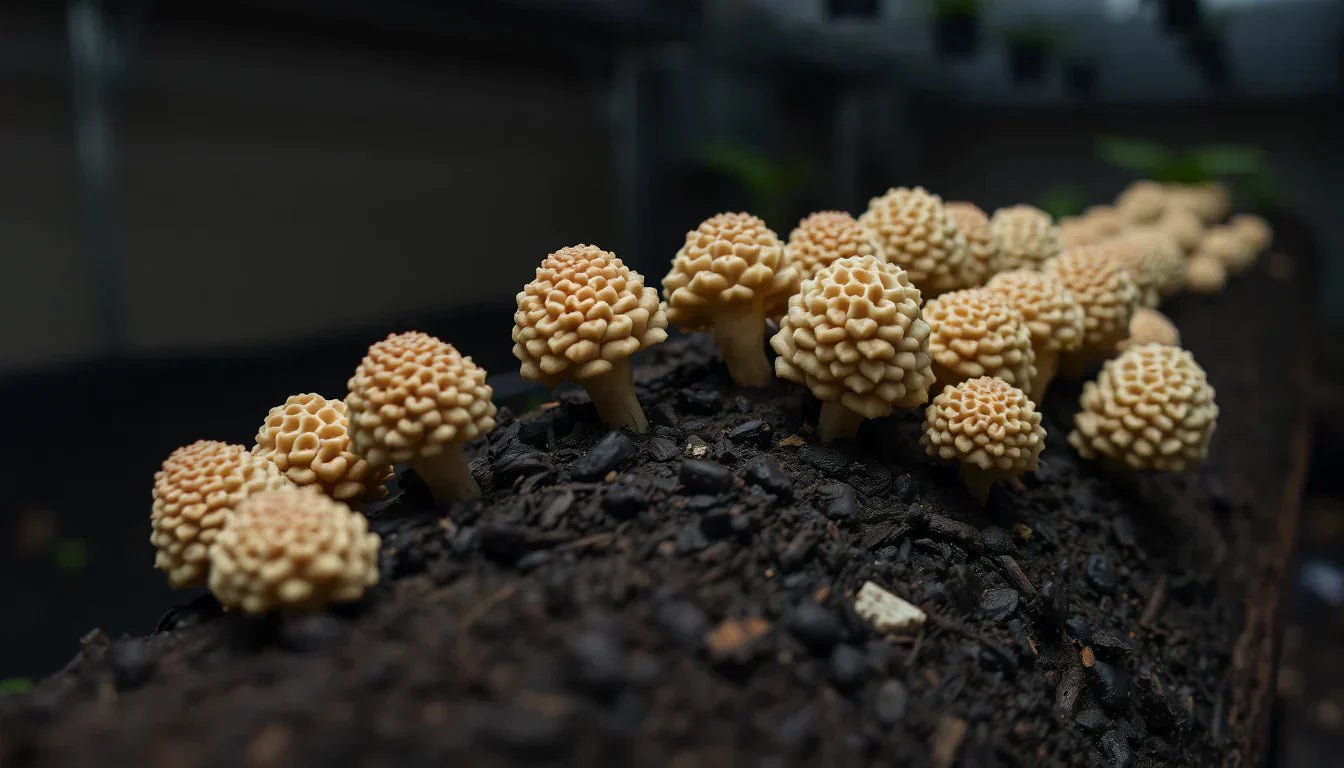
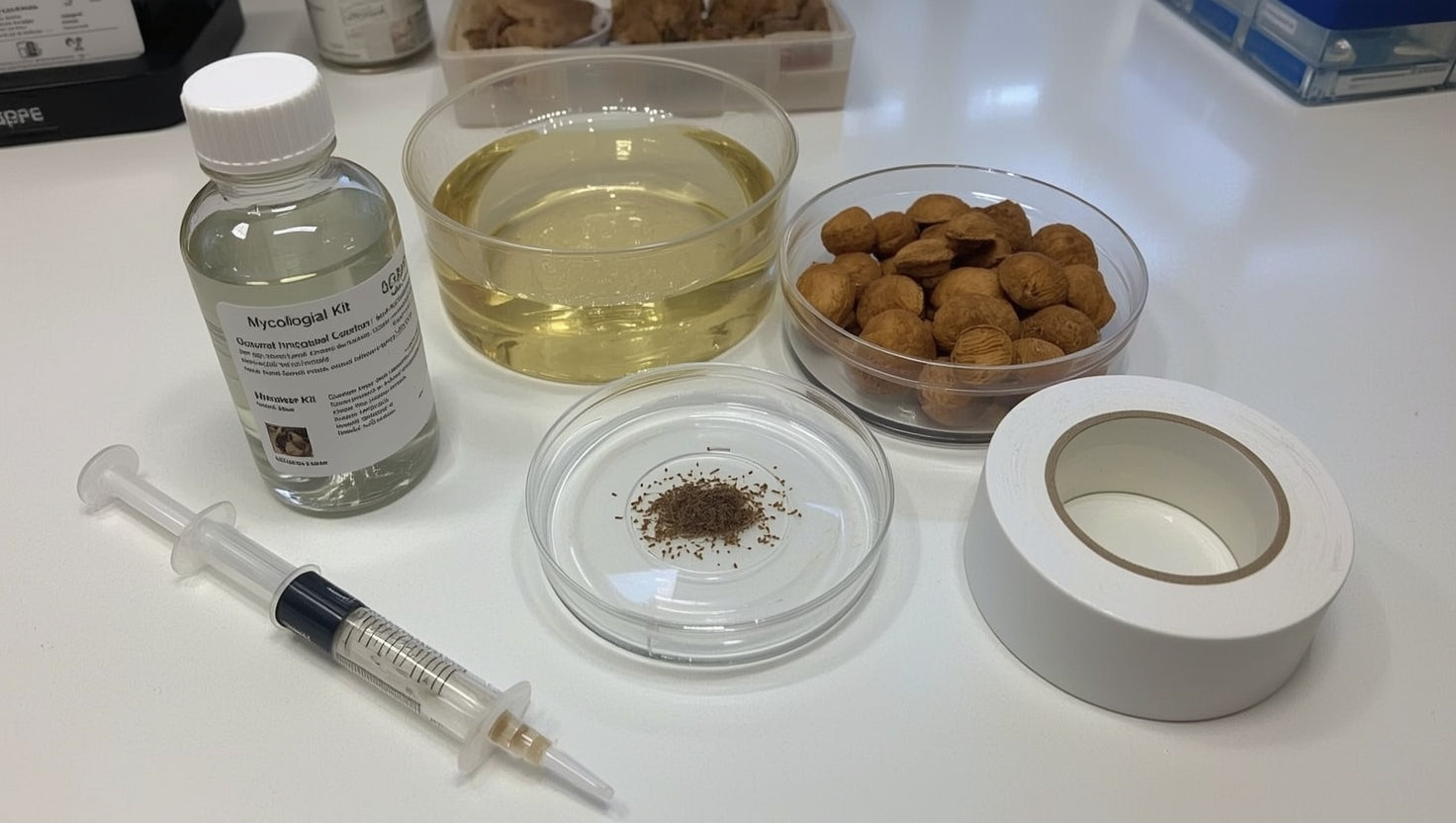
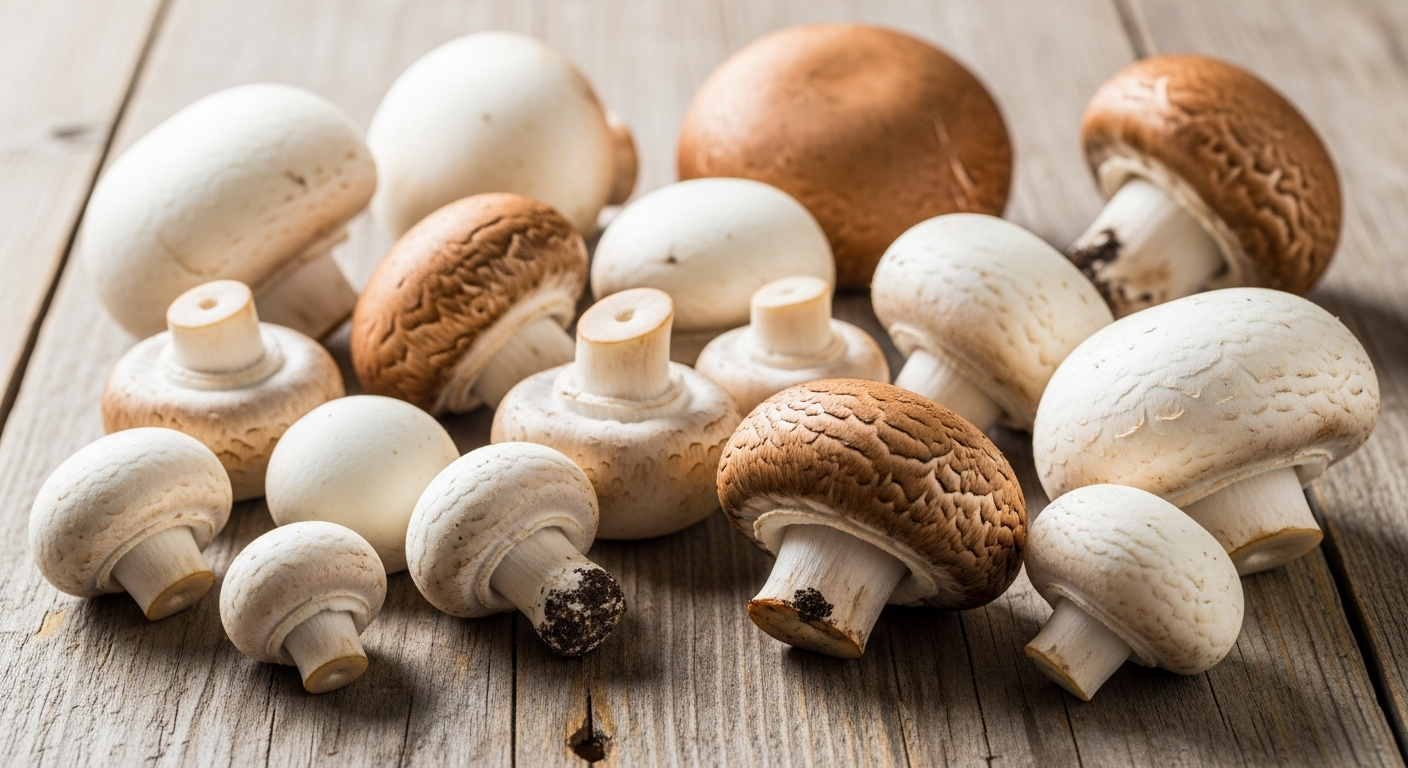
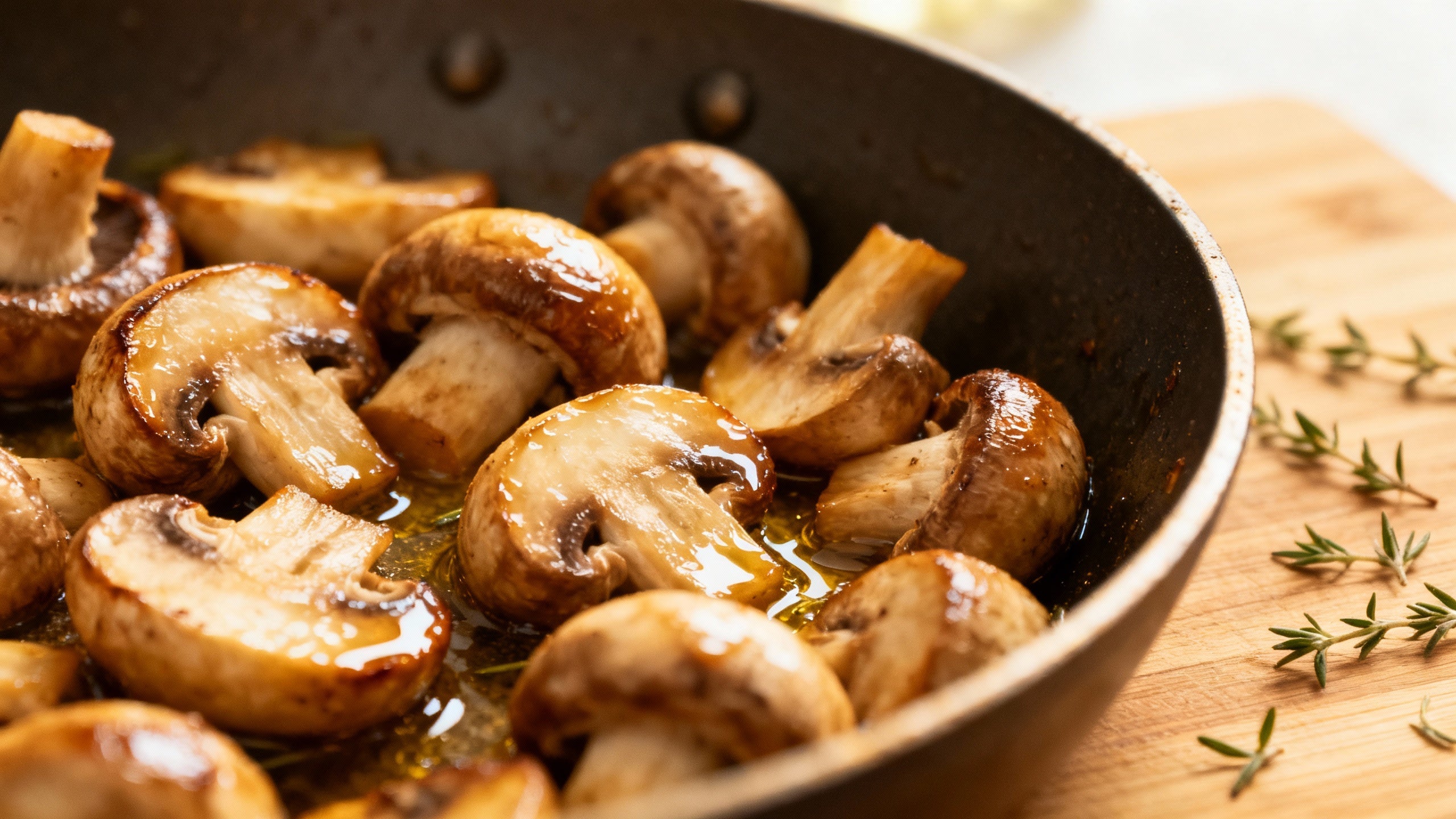
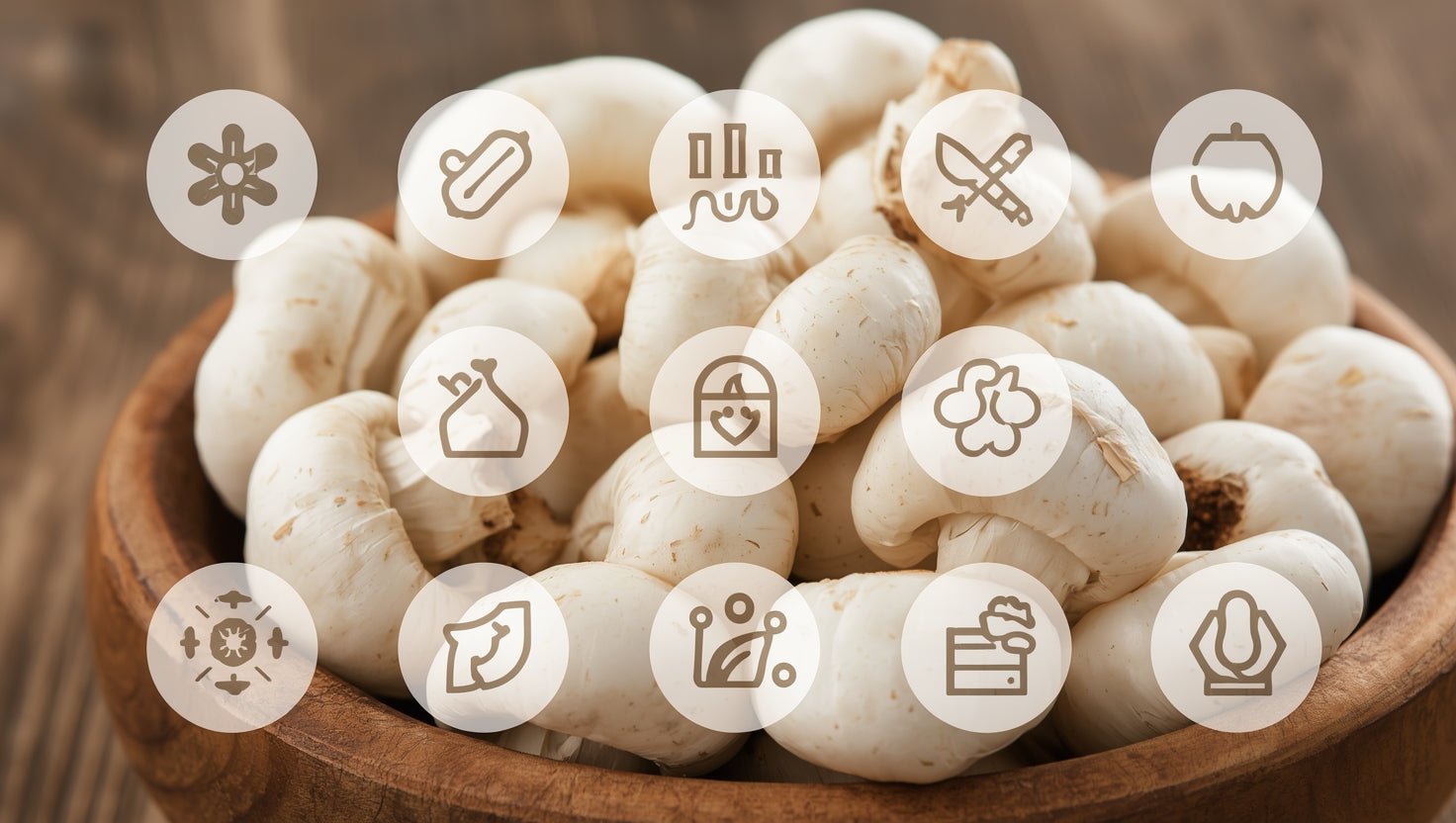
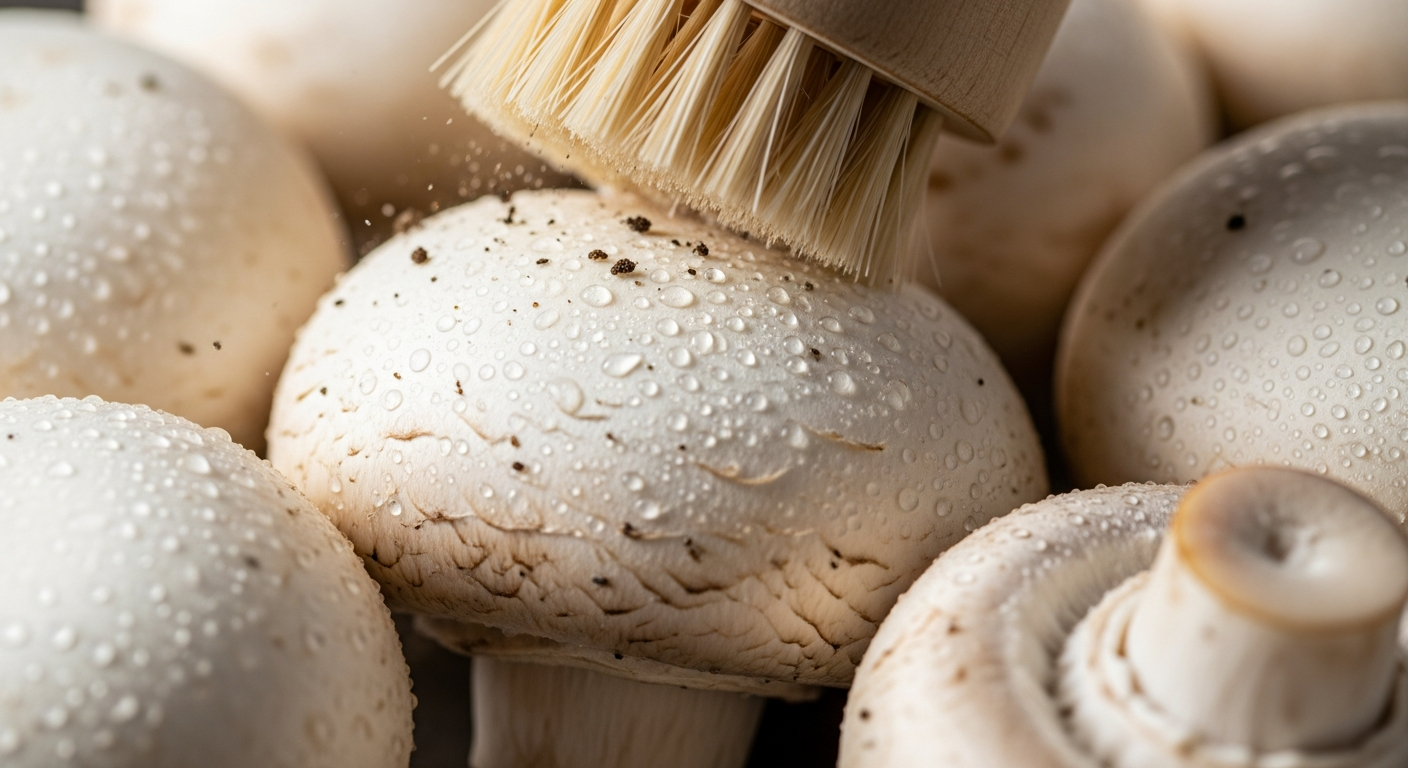
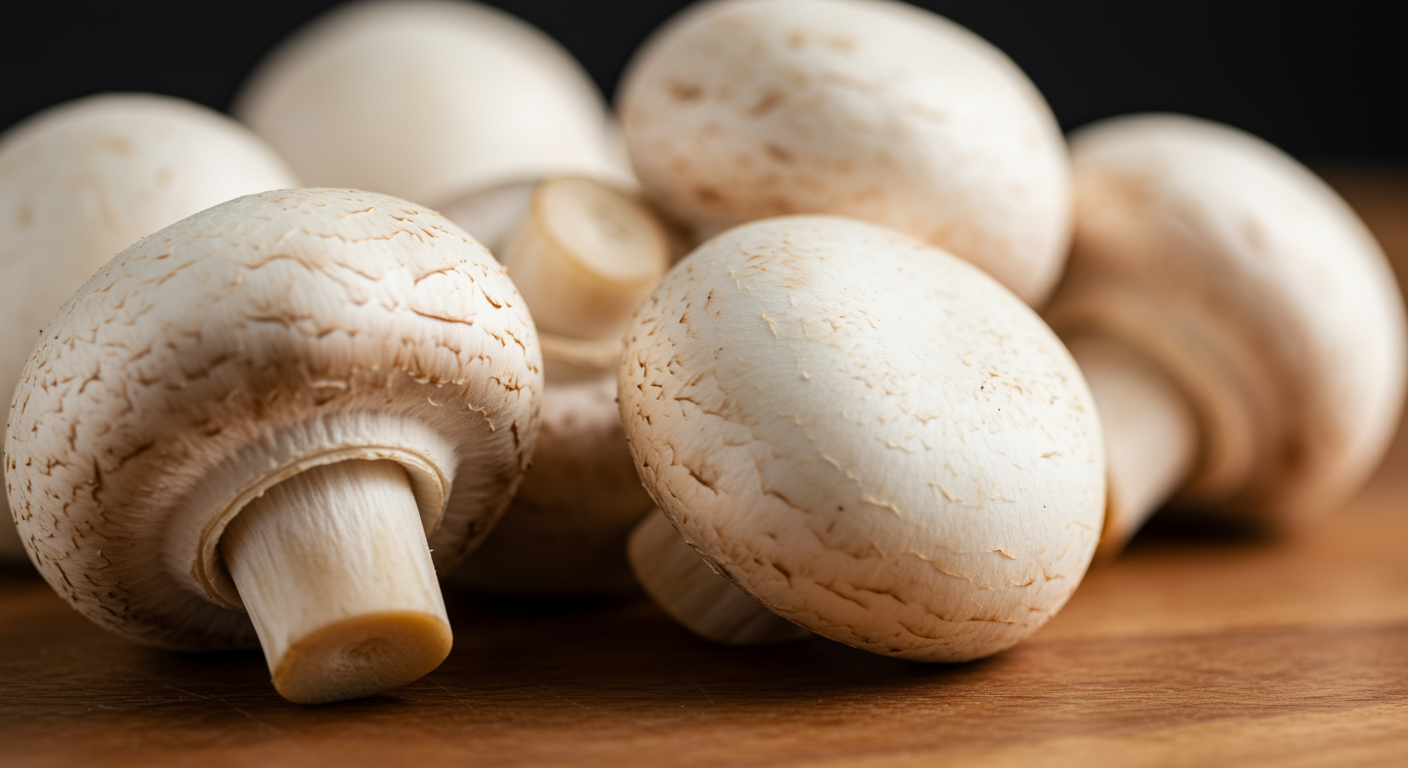
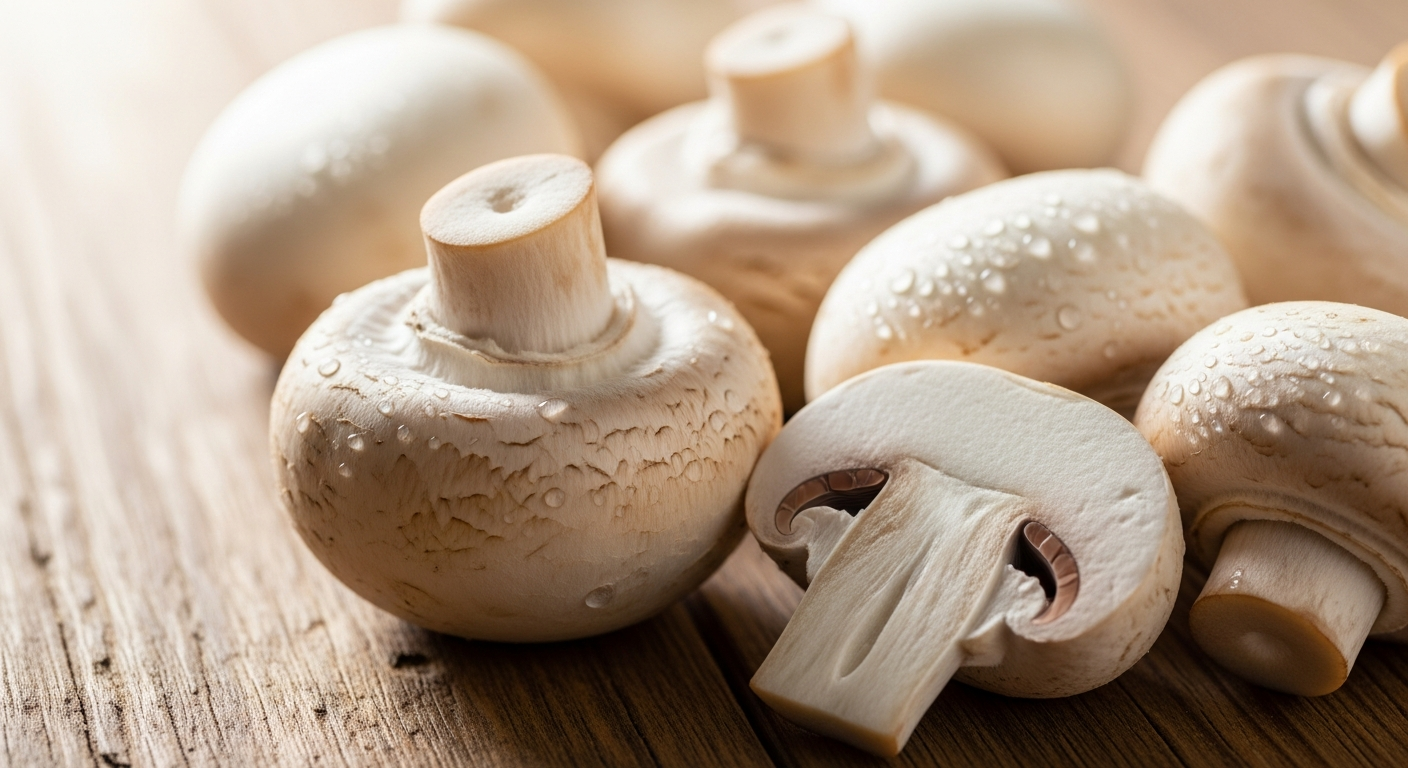
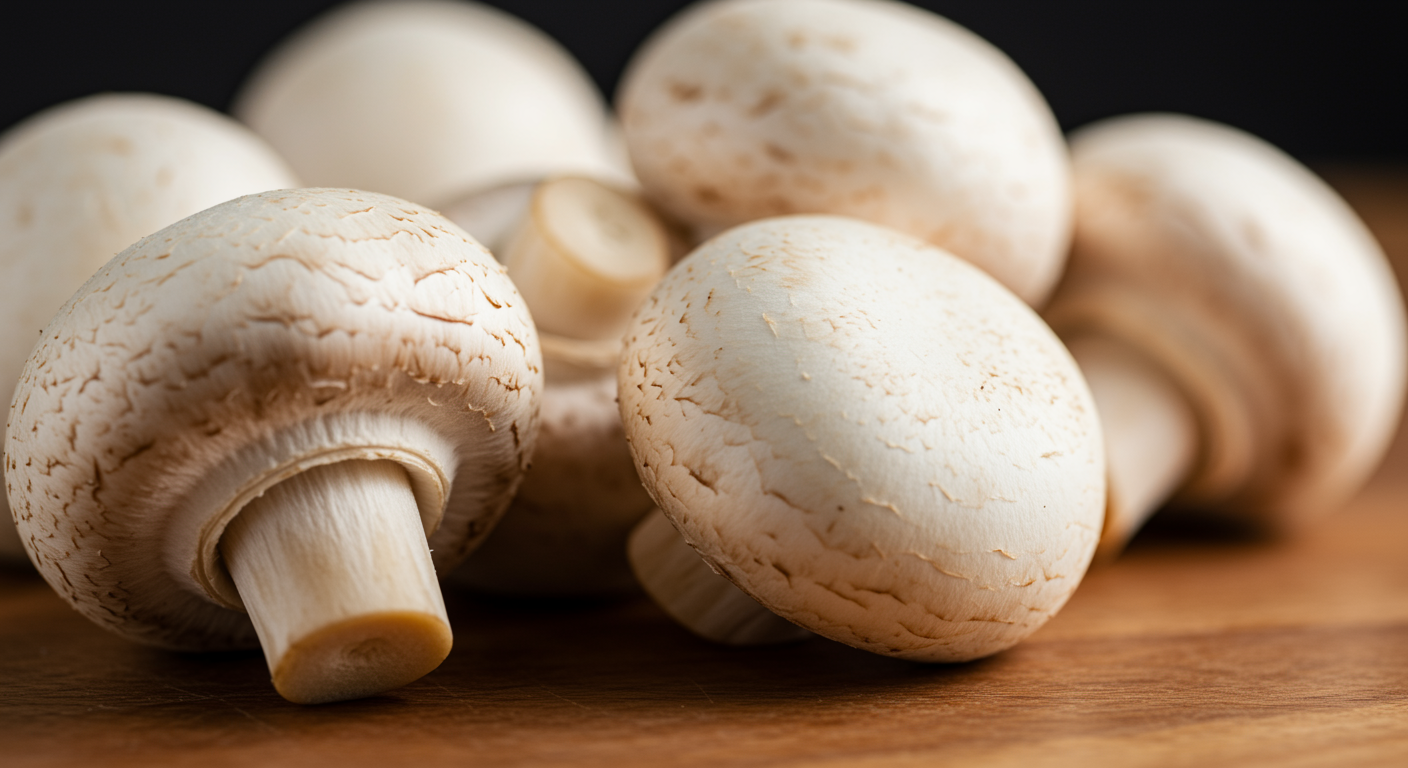
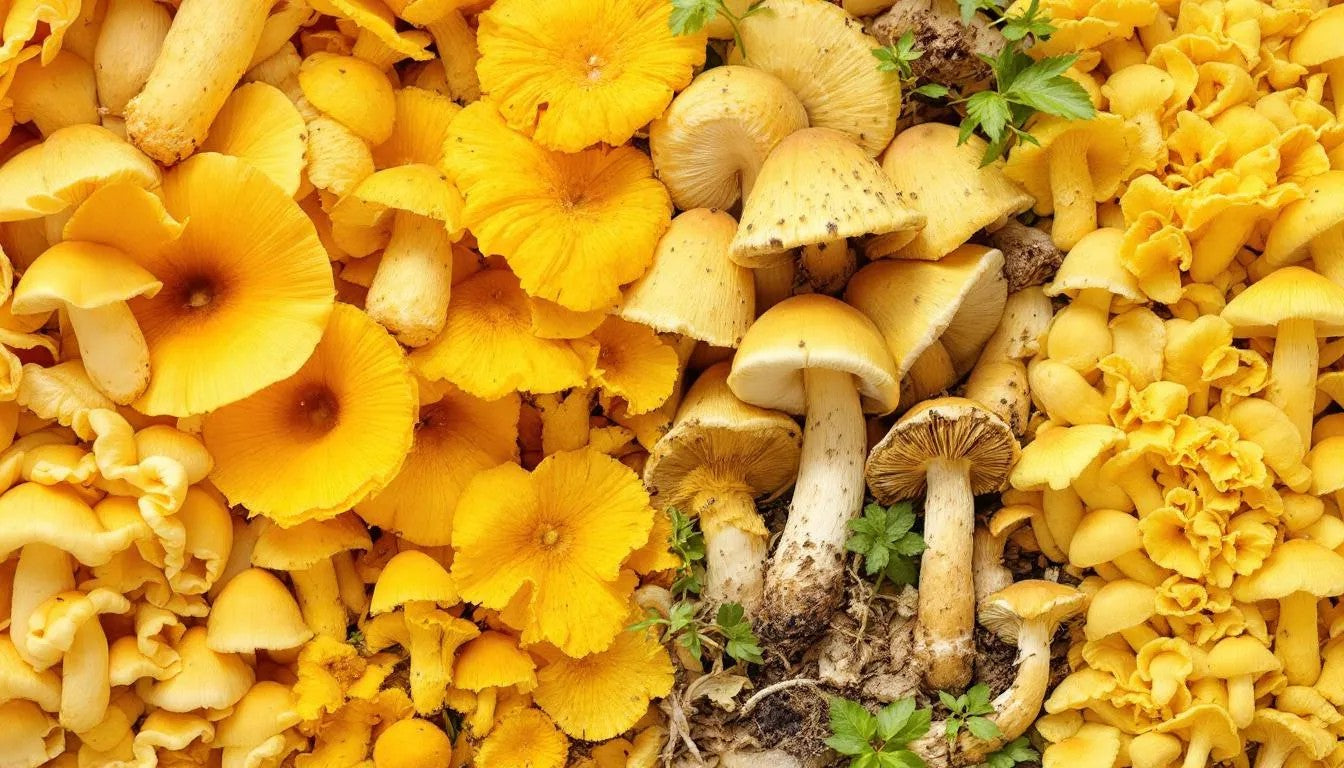

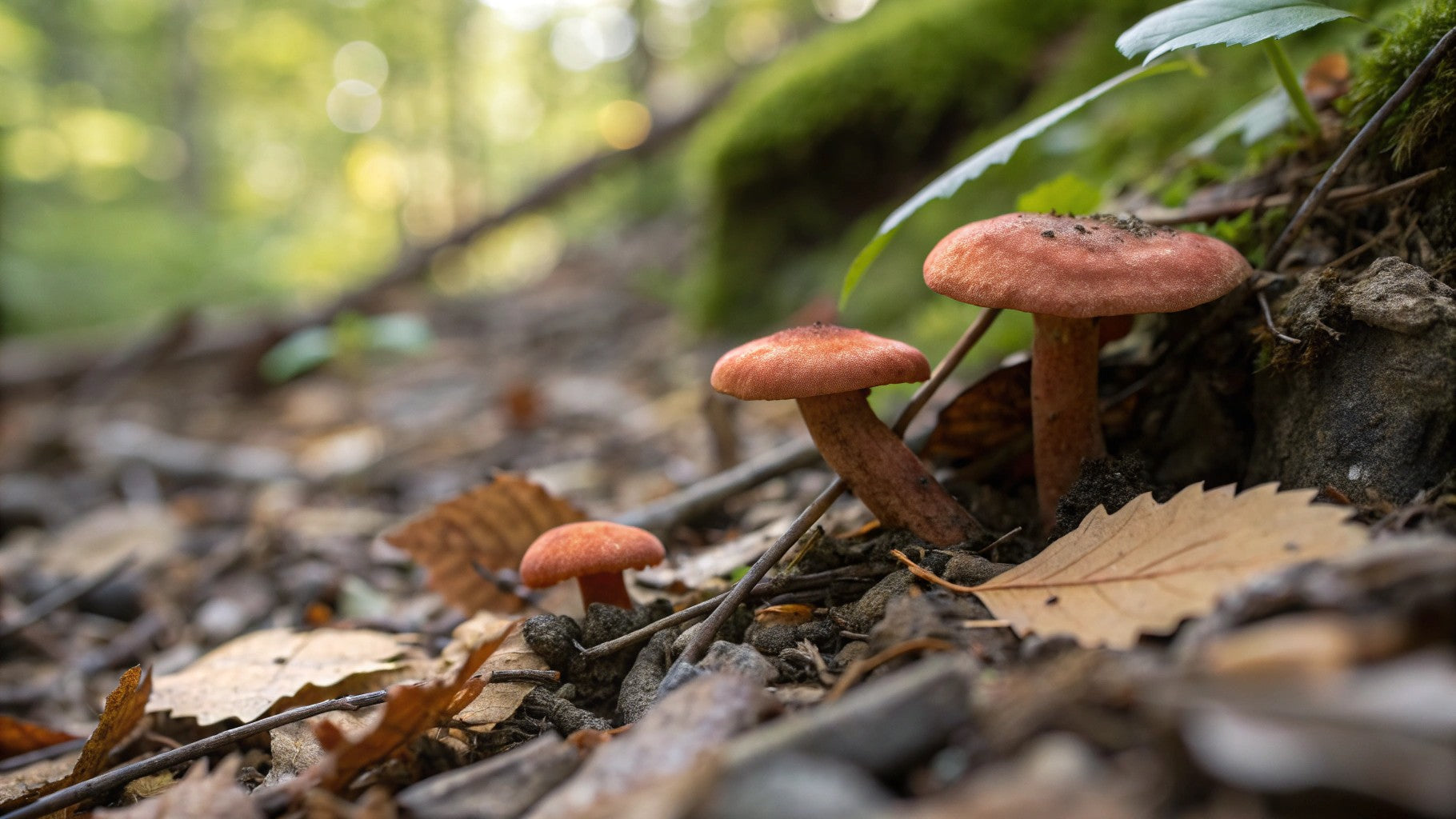
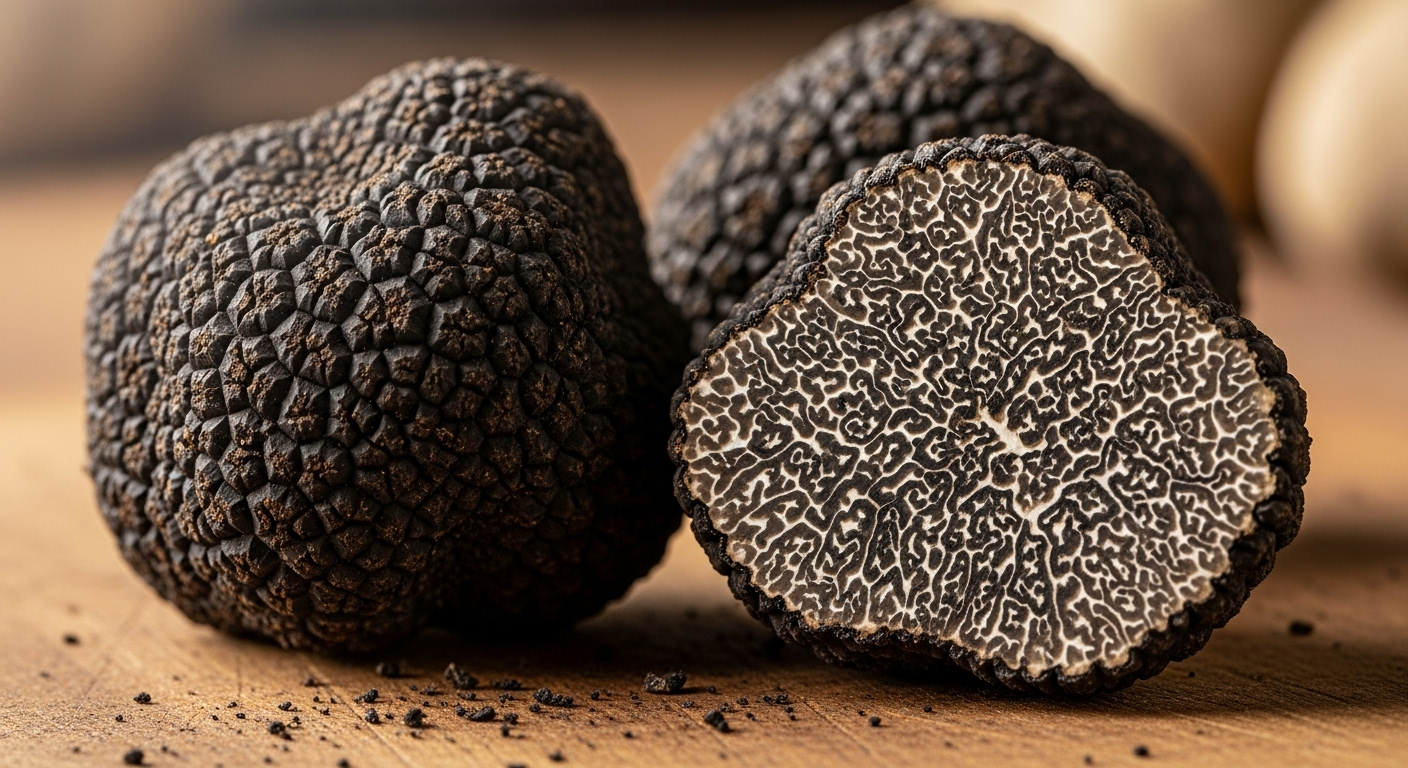
Share:
Do Deer Eat Morel Mushrooms? Exploring Nature's Diet
How to Dehydrate Morel Mushrooms: A Simple Guide